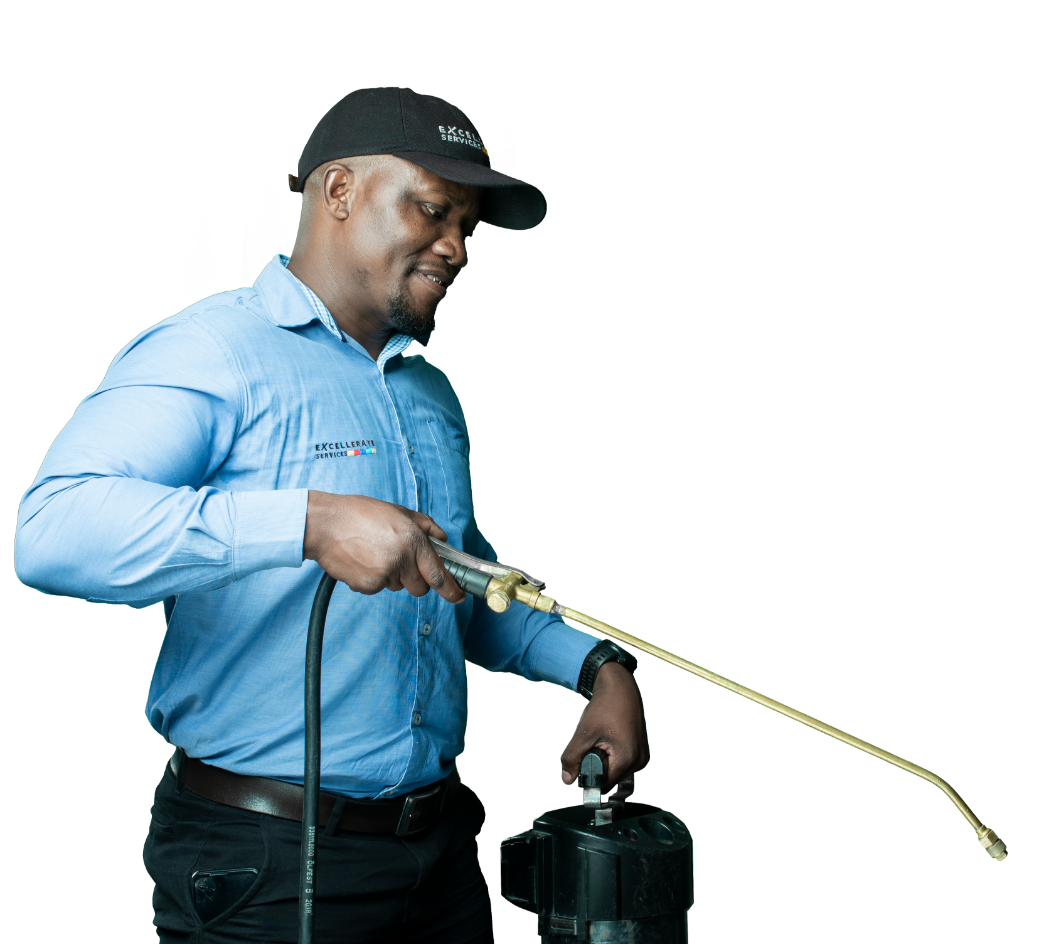Trust top-rated Pest Control for reliable pest prevention to keep your home safe.
Eco-Friendly Insect Control Approaches for Taking Care Of Wildlife in Urban Areas
Urban areas usually find themselves at the crossway of human activity and wild animals, causing unique challenges in bug monitoring. Eco-friendly approaches highlight sustainable conjunction, using strategies such as habitat modification and natural repellents to mitigate human-wildlife problems. These methods not just safeguard the atmosphere but also enhance neighborhood interaction in wildlife administration. As metropolitan populaces remain to expand, understanding the dynamics of wildlife interactions comes to be significantly essential. What ingenious techniques can be applied to ensure both ecological balance and urban safety and security? Exploring this question reveals a compelling landscape of possible remedies.
Recognizing Urban Wild Animals Characteristics
Comprehending Urban Wildlife Dynamics is essential for developing efficient and environmentally friendly pest control strategies. Urban locations are increasingly becoming environments for various wild animals types, driven by factors such as environment fragmentation, food availability, and human advancement. Acknowledging these characteristics allows for a nuanced strategy to pest administration that aligns with environmental concepts.
Urban wildlife frequently consists of species such as raccoons, squirrels, and birds, which adapt to city settings, discovering niches in green areas, parks, and even suburbs. Their existence can cause problems with human beings, especially when they exploit personnels for food and sanctuary. Understanding the habits and environmental functions of these varieties informs approaches that reduce adverse communications while promoting biodiversity.
Additionally, acknowledging the interdependencies within urban ecological communities aids in determining critical areas for habitat conservation and reconstruction. This understanding adds to the advancement of incorporated pest administration (IPM) methods that consider the environmental equilibrium, thereby decreasing dependence on unsafe chemicals. By cultivating coexistence in between humans and metropolitan wild animals, cities can create much healthier settings that profit both citizens and neighborhood ecological communities, leading the way for lasting urban living.
All-natural Repellents and Deterrents
Natural repellents and deterrents provide a lasting alternative to standard parasite control approaches by harnessing the power of nature to keep undesirable species at bay. These environmentally friendly solutions typically use plant-based components, vital oils, and other naturally occurring materials that deter pests without damaging the setting.
One reliable natural repellent is peppermint oil, which is known to fend off rats and bugs. Its solid aroma is undesirable to many bugs, making it a prominent selection for city setups. Vinegar and citrus peels can serve as deterrents, as their solid smells are usually unattractive to different wildlife.
Additionally, diatomaceous earth is an all-natural powder that can be spread in areas vulnerable to pest activity, properly drying out and preventing insects without positioning threats to non-target species. Garlic sprays and neem oil are recognized for their ability to ward off a wide array of parasites, including both pests and bigger wild animals.
Executing these natural repellents not only decreases dependence on chemical pesticides however likewise promotes a healthier metropolitan ecosystem, promoting an extra balanced coexistence in between human beings and wildlife. By using these approaches, metropolitan locations can efficiently handle pest populaces while lessening ecological impact.
Environment Modification Methods
Reliable habitat adjustment strategies play a crucial duty in lasting bug management by modifying the environment to make it much less for pest invasions. By comprehending the environmental dynamics of urban locations, homeowner can carry out critical modifications that prevent parasites while advertising biodiversity.
(Cockroach Control)One main strategy involves preserving correct hygiene. This consists of regular waste removal, safeguarding trash can, and eliminating standing water to decrease reproducing sites for pests and rodents. In addition, landscaping techniques such as choosing native plants can boost eco-friendly equilibrium, offering environments for valuable microorganisms while decreasing sources for parasites.
An additional crucial method is to seal entrance factors in structures. Checking and repairing cracks in foundations, walls, and windows can dramatically decrease bug access. Additionally, developing physical obstacles, such as fencings or plant barriers, can inhibit wildlife activity right into human-inhabited areas.
Integrated Parasite Monitoring Practices
Structure upon environment modification methods, integrated parasite administration (IPM) methods offer an alternative strategy to managing bug populaces while minimizing environmental impact. IPM incorporates various methods, consisting of organic, social, mechanical, and chemical controls, to achieve effective parasite management.
Biological control entails the introduction of all-natural predators or bloodsuckers to lower insect populations. Social methods, such as plant turning and sanitation, interfere with pest life process and diminish their environments - Pest Control. Mechanical controls, like catches and obstacles, offer prompt relief from bug pressures without chemical treatment
Chemical controls are utilized as a last option, concentrating on targeted applications that restrict harm to non-target varieties and the atmosphere. The selection of eco friendly pesticides, when essential, is important to the IPM framework. Furthermore, checking parasite populations and examining possible damage helps notify decision-making, guaranteeing that treatments are timely and effective.
Community Involvement and Education And Learning

(Termite Control)Workshops and informative sessions can furnish locals with expertise regarding native varieties, habitat preservation, and reliable safe bug monitoring techniques. Collaboration with institutions, local companies, and federal government firms even more improves instructional outreach, making sure that important information reaches diverse target markets.
Additionally, community-led initiatives, such as neighborhood clean-up days and environment restoration projects, not only advertise biodiversity but likewise enhance neighborhood connections. Pest control service. By urging residents to share hop over to these guys their experiences and observations, neighborhoods can establish targeted methods that resolve specific neighborhood insect problems
Integrating comments from citizens into bug administration intends makes it possible for a more responsive and adaptive approach to wild animals obstacles. Inevitably, informed and engaged neighborhoods are crucial to accomplishing long-term success in environment-friendly bug control, bring about much healthier city atmospheres that appreciate both human and ecological requirements.

Verdict
In final thought, eco-friendly pest control approaches deal sustainable options for taking care of city wild animals. By focusing on environment alteration, utilizing natural repellents, and executing integrated insect administration methods, neighborhoods can promote an unified conjunction with neighborhood animals.